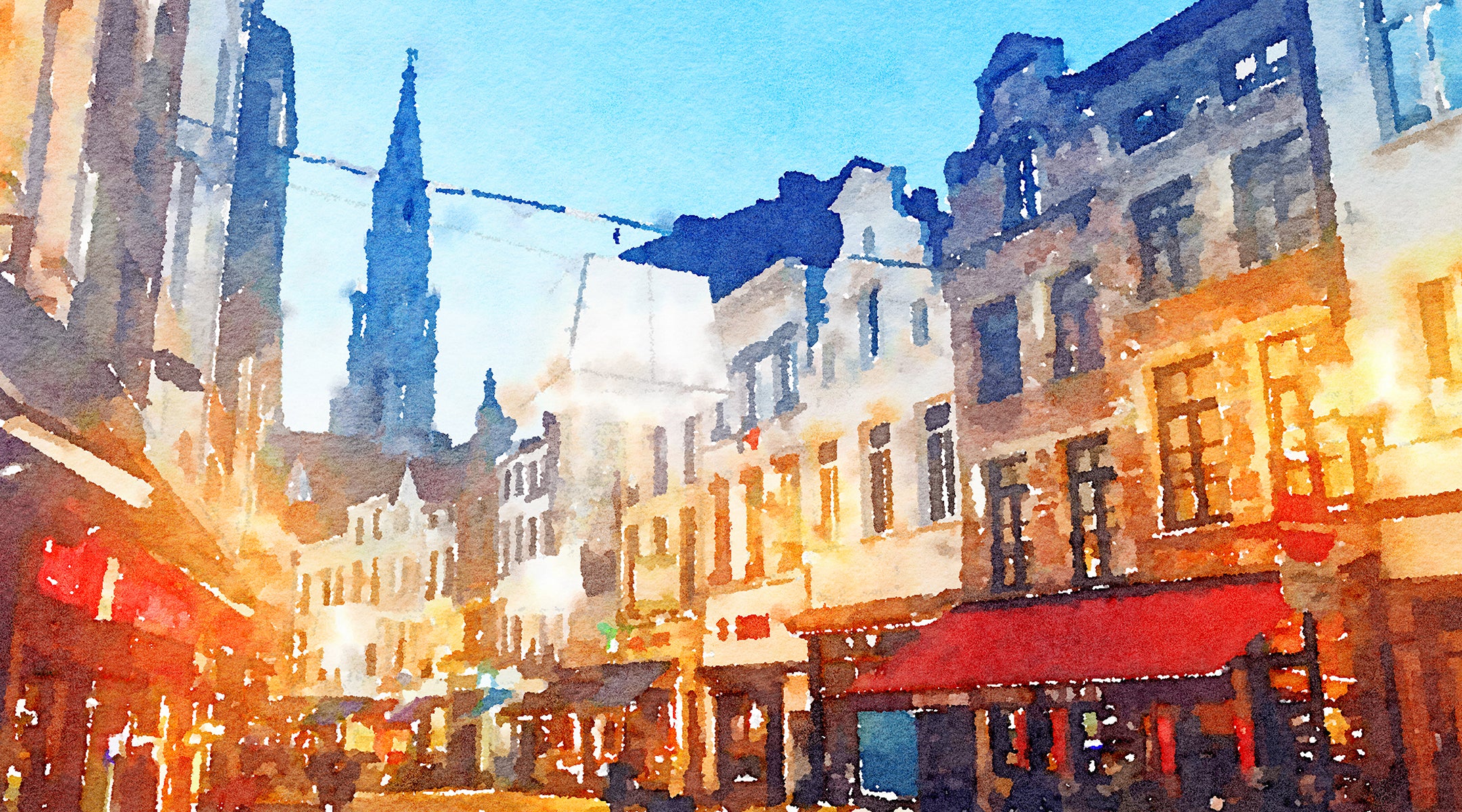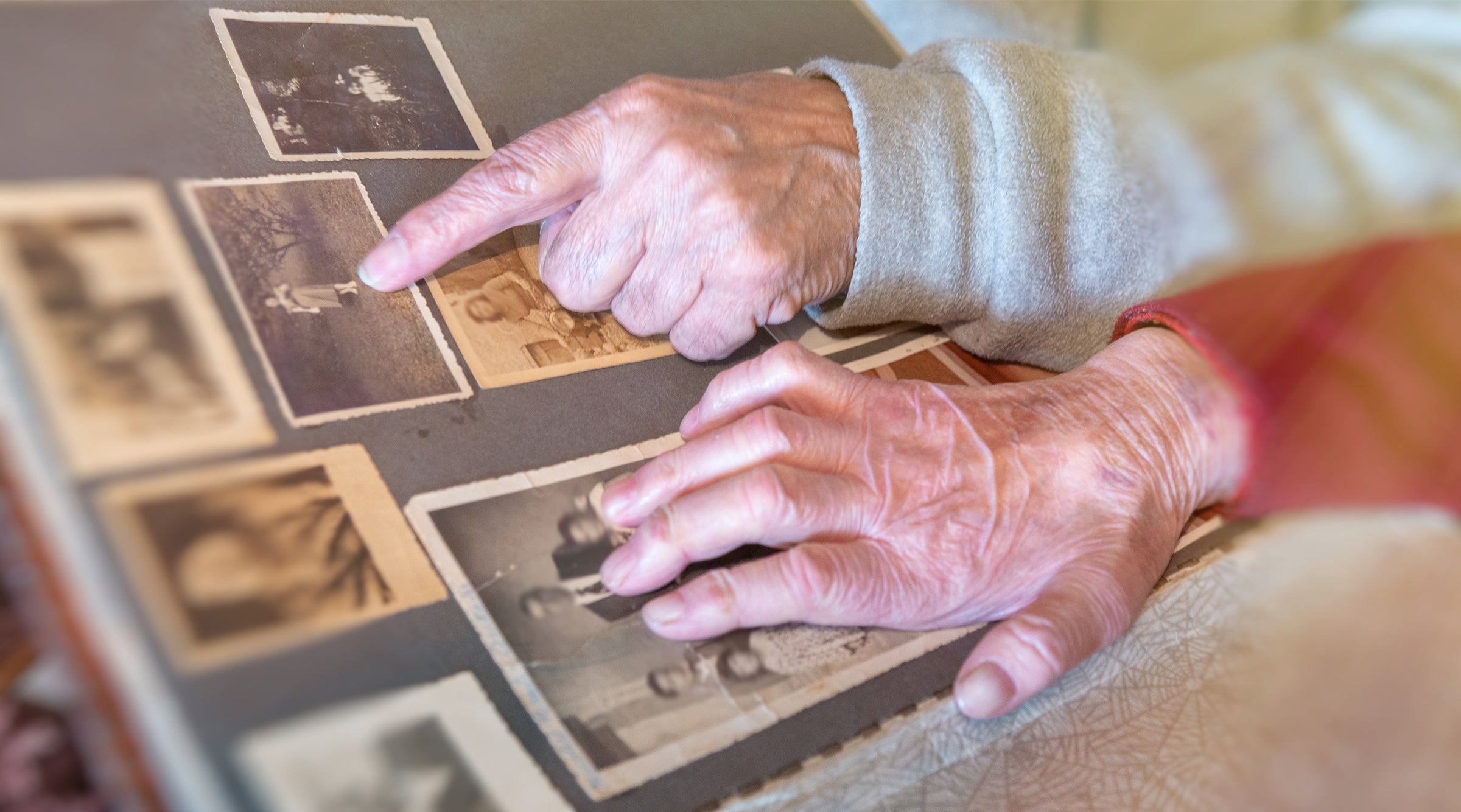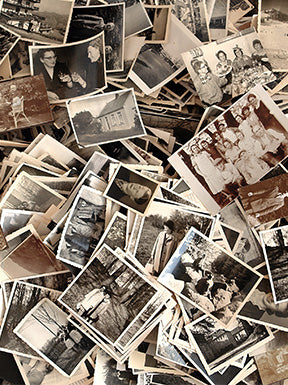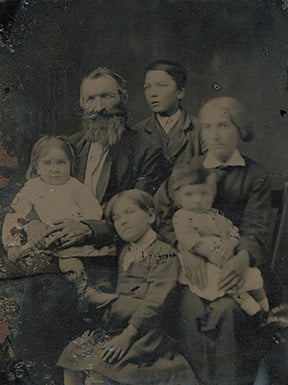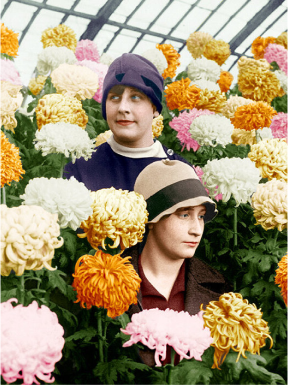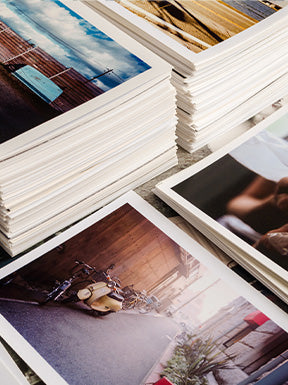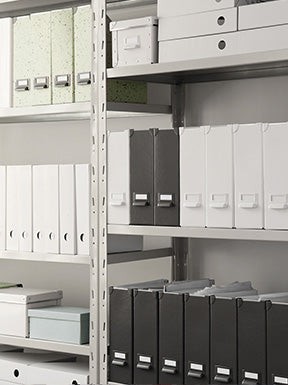Since 1975, digital cameras have transformed the way photographs are being taken and seen. Some may think film is obsolete; however, many photographers today harness the nostalgic quality of analog photography.
Some essential aspects of photography are light, composition, depth of field, storytelling, and emotion, but being present with one’s subject matter is what makes a great photo. Whether it’s Nan Goldin shooting film, honing in on a moment of depth and intimacy with another human being, or Wolfgang Tillmans using his digital camera to create artwork out of everyday aesthetics, their tools are vital. So, what elements make photographers go for analog or digital photography?
Film Takes Time
Analog photographers may require more time and careful thought about the composition and external factors in the photo before shooting. There are limited shots on any given roll of film. Being present with one’s subject matter is aided in that there is no preview. It takes time to see the outcome, and for some, that may simply be a beautiful byproduct of an experience that matters the most.
Some believe that film captures light better, highlighting even the smallest details. On the contrary, at a consumer level, digital cameras are considered to have an inferior dynamic range, don’t offer the same quality depth-of-field, and can underperform when capturing low-light settings.
One thing some favor in digital cameras is that they inherently do not create grain in an image that is a signifier of film, particularly with a high ISO. That said, many photographers tend to add noise to their digital photographs to mimic the grain so loved by many.
For me it is the nostalgia of the click, crank, and wind. The sound that accompanies the shooting of film. Even the smell of the film itself, that particular scent. It is like nothing else. The corresponding time sequence between what is happening in front of the lens and inside the camera's body offers a tangible sense of capturing time. It runs out. It is impermanent.
Capturing Moments in an Instant
You might have a Samsung Galaxy S21 Ultra, a Google Pixel 6 Pro, or an iPhone 13 Pro – the smartphones ranked with the best digital cameras on the market. With the instant gratification and accessibility of a camera phone, having one in your pocket quickens the process of obtaining an excellent photo in seconds. Rather than needing to understand shutter speeds, light, exposure, depth of field, etc., all you need to do is press one button, and an optimal capture is taken for you.
Perhaps you have a mirrorless or digital SLR camera. With these, you may get into the depths of custom controls over your photographs and can confirm the product of your settings immediately with a preview screen. The quality of top-tier digital cameras nowadays rivals the quality of film ones in size of file and convenience. Price, however, is another story.
Photographers understand that taking a picture is not about time and efficiency. It is about experience and mastery of the equipment at hand, whether top or bottom of the line camera. Anything can be used to create a beautiful image.
Long or Short-Term Cost
Without question, the initial cost of a digital camera can be higher than the film camera. Digital cameras have the competitive edge because they don’t require a film or development process. Over time, the initial cost would be nothing compared with the cost of processing every roll of film.
Used film cameras can be found for as little as a dollar or $5 at a local thrift store, and you’d be amazed at the working quality of some of these. Or depending on the type and size of the camera, film cameras can be several thousand dollars. With it, you have the expense of a roll of film, processing it, (likely) scanning it, and printing it. Used digital cameras may run as low as $50 to tens of thousands of dollars. A middle-of-the-road mirrorless may be close to $1,000. And then you have the cost of reusable memory cards and possibly printing. The long-term ease and efficiency of digital is alluring to many. Understandably so.
Moreover, if you have your camera on your phone, you may not consider buying other equipment to take photos. And some would ask, is that person a photographer then? Or is it simply a means to an end?
Merging the Past and the Future
Rumor has it that Louis Daguerre, inventor of the daguerreotype photography process, accidentally took the first photo of a person in 1828. He was capturing the Boulevard du Temple in Paris, but a man was standing in the street, getting his shoes polished. The shoot lasted seven minutes, and the man unexpectedly popped up in the final image.
From Daguerre’s story until now, photography has evolved, and technology has presented new resources and possibilities to capture pictures as never before. Today, we can send a drone to the sky, take photos, and record videos from a distance and speed we never imagined.
Analog and digital photography shouldn’t compete against each other; on the contrary, they can complement and enrich the art of preserving memories. What could only be sent through the mail at one time can be shared more broadly across the world today. A daguerreotype like Boulevard du Temple was long ago digitized and can accompany the story online, in the classroom, in museums.
To consider one’s own story or family history, one must also consider the digital realm that encompasses our communication and storytelling in our present day. We share in the technological era and benefit significantly from turning prints or film into digital files, as well as turning digital files into prints.
The collaboration between analog and digital realms is how we keep history alive today. If you have photographs or film that you want to convert into digital format or restore an old image, click here.


